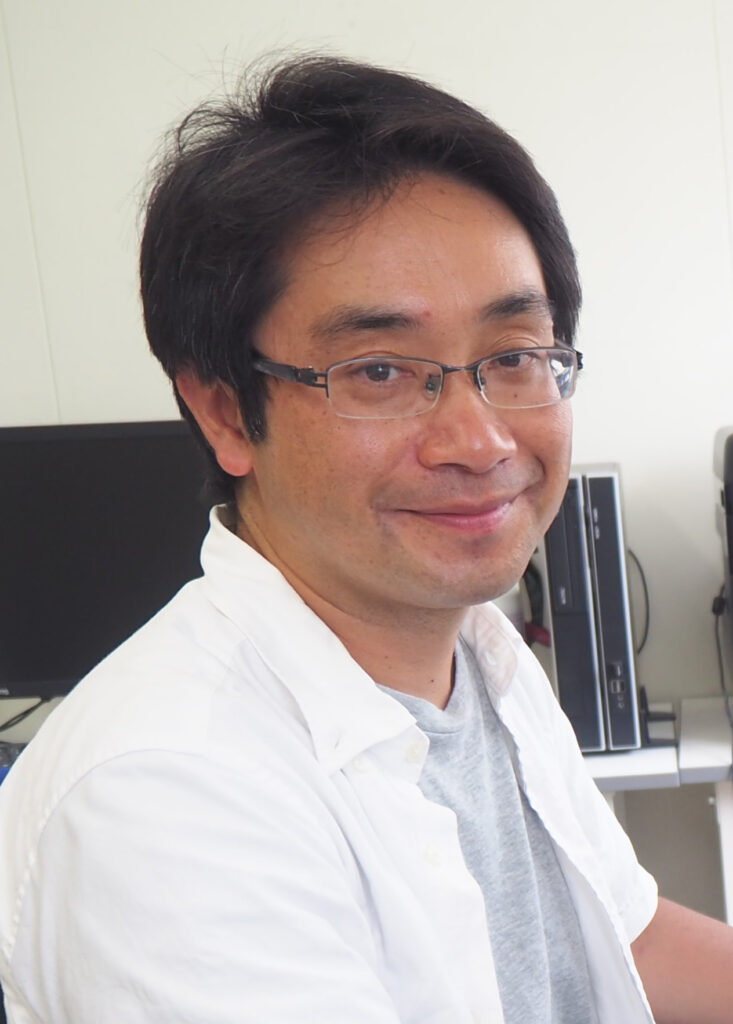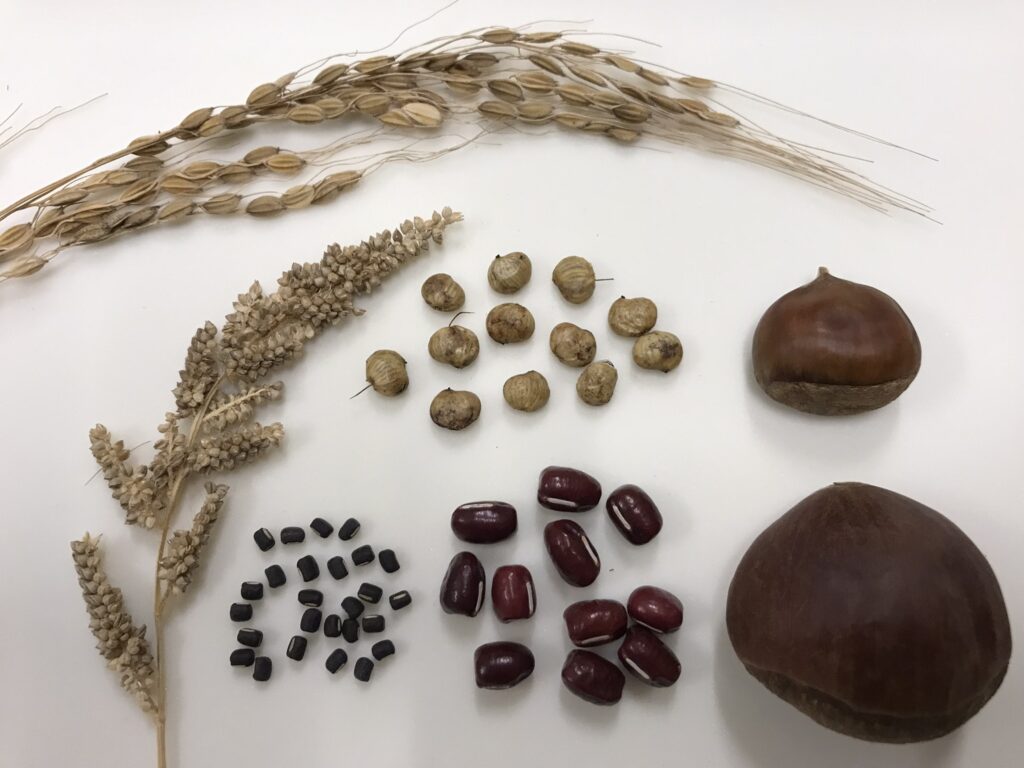
Hiroo NASU
Principal Investigator
Associate Professor, Center for Fundamental Education, Okayama University of Science
My specialty is archaeobotany. I am studying the evolution of domesticated plants and the origin of agriculture by analyzing the morphology and species composition of plants excavated from archaeological sites. I am also studying the history of introduced plants that were brought to the Japanese archipelago during the Paleolithic to Jomon periods before agriculture, as well as companion plants (weeds) that were introduced with agriculture after the Yayoi period. In this project, in cooperation with a research member who specializes in genetics, we would like to explore the evolutionary history of domesticated plants and the history of plants introduced to the Japanese archipelago from both morphological and genomic perspectives.
Team Members and Research Themes
- Ken Naito (Senior Principal Investigator, Research Center of Genetic Resources, National Agriculture and Food Research Organization: NARO): Genome analysis of azuki bean, barnyard millet, and chestnut
- Ryo Ishikawa (Associate Professor, Graduate School of Agricultural Science, Kobe University): Genetic analysis of rice
- Hiroshi Suga (Professor, Faculty of Life and Environmental Sciences, Prefectural University of Hiroshima): Genome analysis of lacquer tree
- Tatsuya Ota (Associate Professor, Research Center for Integrative Evolutionary Science, The Graduate University for Advanced Studies: SOKENDAI): Evolutionary analysis of plant genomes
Outline of Research
The purpose of this study is to establish a method to reveal the history of plant introduction, domestication, and breeding in the prehistoric Japanese archipelago by integrating archaeology and genetics. In this study, we will 1) examine the introduction of exotic plants during the Paleolithic period, focusing on the lacquer tree(Toxicodendron vernicifluum) ; 2) examine the presence or absence of plant domestication during the Jomon period, focusing on azuki bean (Vigna angularis), barnyard millet (Echinochloa esculenta), and chestnut (Castanea crenata); and 3) examine rice (Oryza sativa) varieties and their routes of introduction and spread during the Yayoi period. Furthermore, we plan to challenge ancient DNA analysis of plants excavated from archaeological sites to more directly verify these histories. In order to establish a new academic field, "Integrative Bioarchaeology," we hope to integrate archaeobotany and plant genetics in this project.

